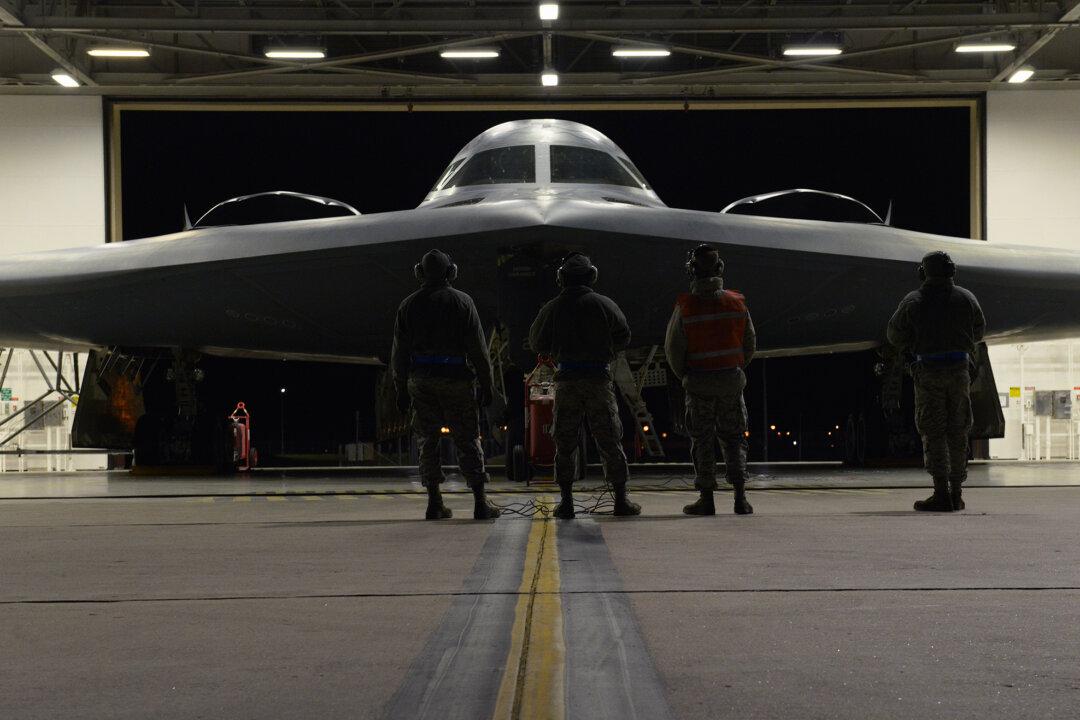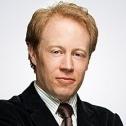A B-2 Spirit stealth bomber, capable of carrying nuclear weapons, flew to the Pacific over the weekend on the eve of drills used to help hone command and control of America’s nuclear forces.
U.S. Strategic Command said sending the bomber demonstrated the United States’ commitment to partners and allies as North Korea escalates its threatening rhetoric while continuing its frequent missile tests.





